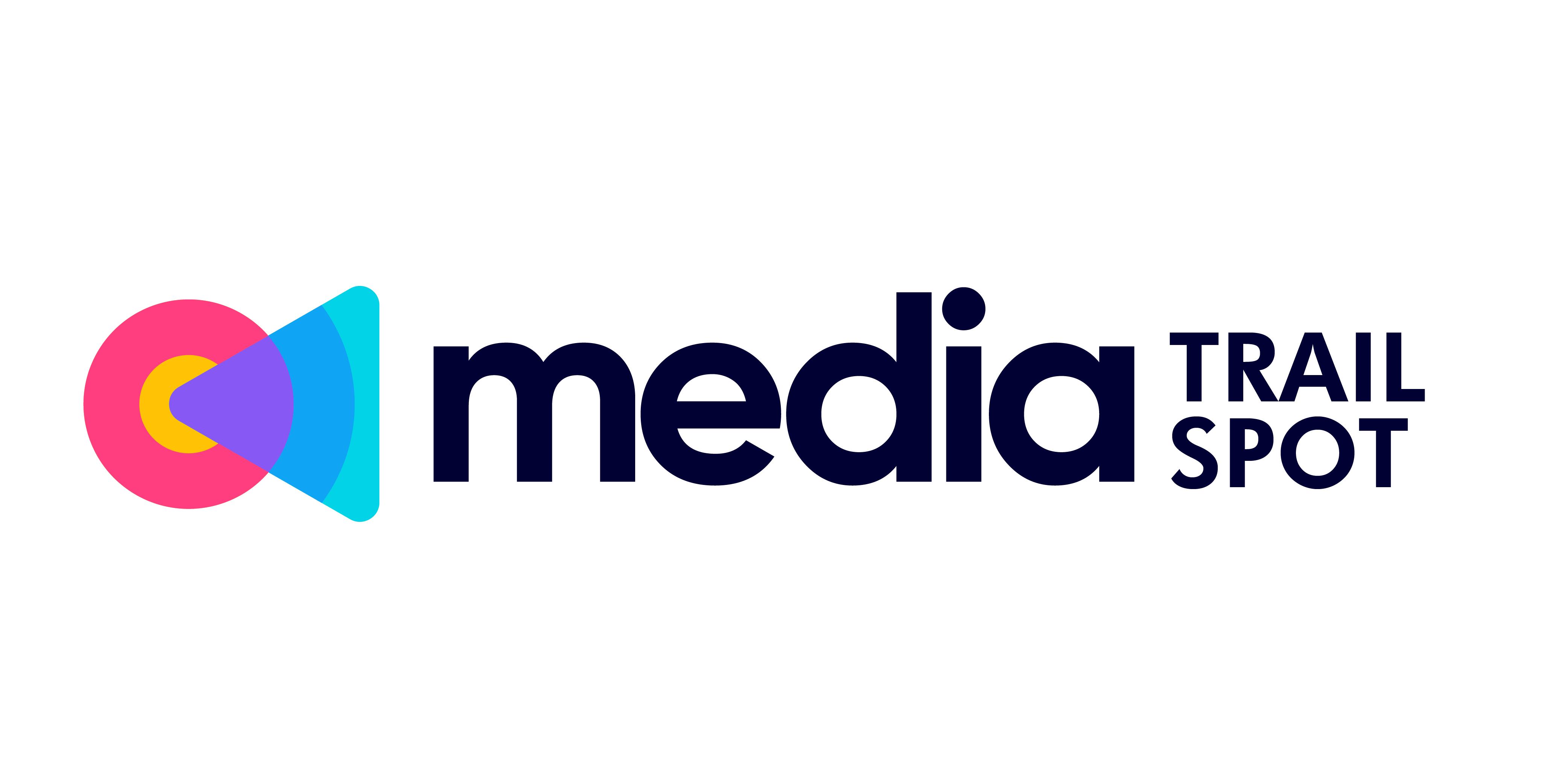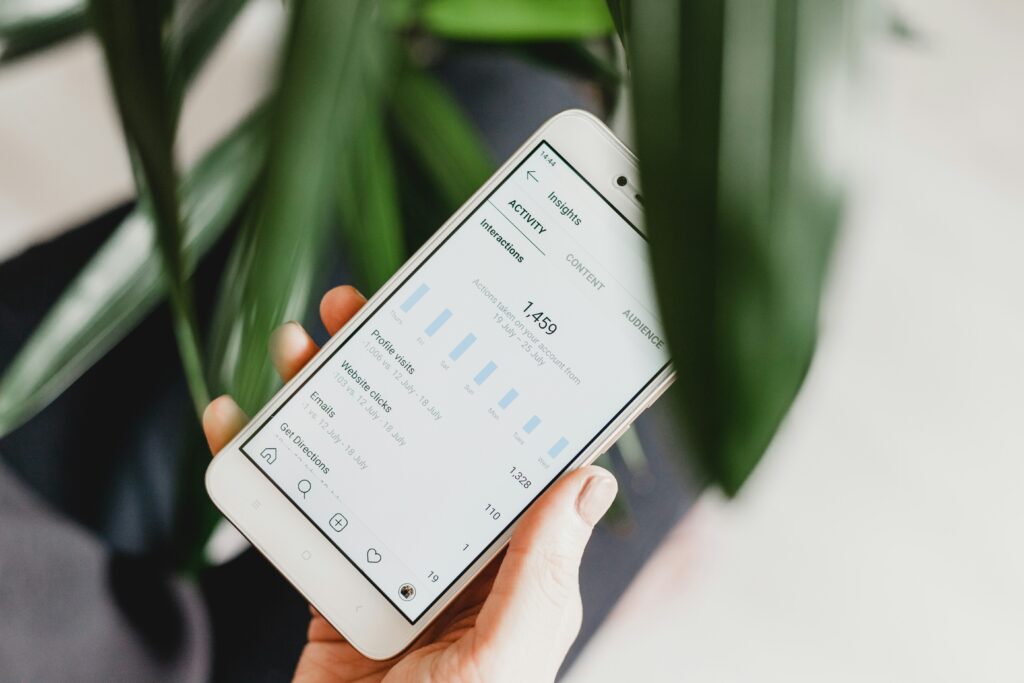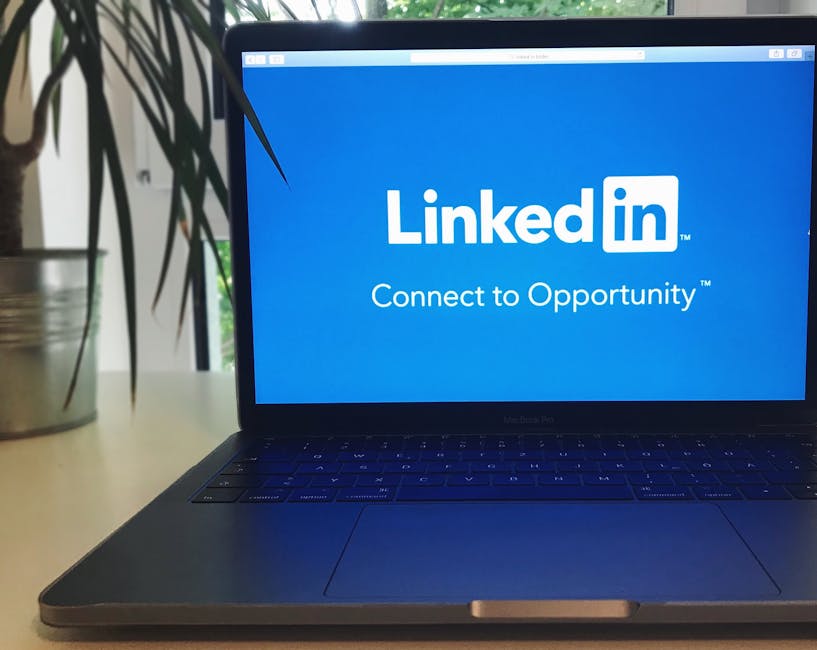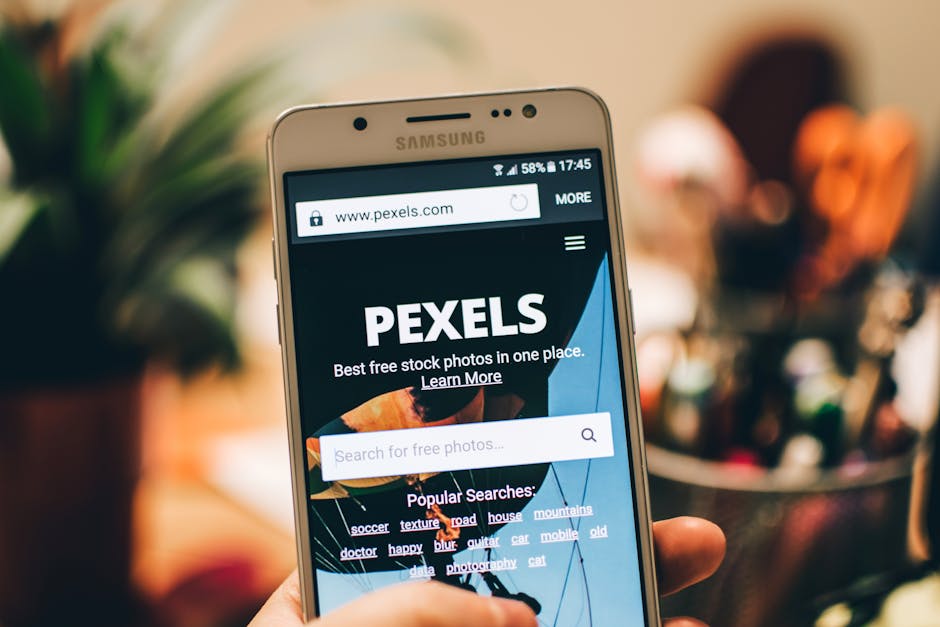Why Social Media Still Matters for Media Brands
Social media hasn’t lost its edge—it’s just evolved. It’s no longer just about shouting headlines into the void. Platforms like Instagram, TikTok, and X (formerly Twitter) are active arenas for content discovery, especially for younger audiences who don’t hit the homepage of a traditional news site. If your story isn’t showing up in their feed, it might as well not exist.
Audiences now expect frictionless access to updates across multiple platforms. When a story breaks, they scan for it on stories, livestreams, threads, reels—wherever they are. For publishers, this means being ready to deliver content in real time, tailored to each platform’s format and mood. Static posts don’t cut it anymore. Timeliness, tone, and format all play a role.
And it’s not just about pushing content out. Social platforms are feedback channels too. Comments, shares, duets, and DMs give creators and media brands an open line to the audience. The winners aren’t just talking—they’re listening, adjusting, and sparking conversation. Social is a two-way street now, and brands that treat it like a bulletin board are missing the point.
Platform-by-Platform Breakdown: Where to Focus
Understanding where to invest your energy—based on your content goals and audience behavior—is critical. Here’s how media brands can tailor their strategies across the big four platforms:
Instagram & TikTok: Visual Storytelling That Connects
These two platforms thrive on authenticity, aesthetics, and rapid-fire engagement. Both favor short-form video formats, but success hinges on storytelling, not just trends.
- Focus Areas: Reels, behind-the-scenes content, day-in-the-life videos
- Why It Works: Personal, visual content humanizes media brands and builds relatability
- Quick Tip: Use trending audio thoughtfully; relevance matters more than reach
X (formerly Twitter): Speed and Authority
X remains the pulse of breaking news and real-time commentary. For media brands, it’s a space to lead conversations and stay ahead of the news cycle.
- Focus Areas: Live updates, threads, pull quotes, behind-the-news insights
- Why It Works: Audiences value immediacy and thought leadership
- Quick Tip: Don’t just broadcast—listen and engage with your community
LinkedIn: Credibility and Connection in the Media Ecosystem
LinkedIn offers unique advantages for B2B content distribution, promoting media brand authority, and showcasing newsroom culture.
- Focus Areas: Editorial highlights, hiring updates, feature launches
- Why It Works: Builds industry trust and opens doors for partnerships
- Quick Tip: Use team member voices to add authenticity and humanize your reach
Facebook: Community Building with Local Roots
Though its overall reach may be declining, Facebook still holds value—especially for local engagement and niche audiences.
- Focus Areas: Local news coverage, community stories, event promotion
- Why It Works: A loyal user base means stronger engagement when content is time-relevant and meaningful
- Quick Tip: Leverage Facebook Groups to foster two-way dialogue and feedback
Proven Tactics to Spark Engagement
Creating great content isn’t enough—your audience needs to see it, feel intrigued by it, and be moved to interact. Here are actionable ways to increase your social media engagement across platforms.
Craft Scroll-Stopping Hooks and Headlines
The first few words or seconds determine whether your post grabs attention or gets passed over. Effective hooks inspire curiosity, offer value, or tap into real-time moments.
- Focus on brevity and clarity—get to the point fast
- Ask a compelling question or tease a surprising fact
- Tailor your tone to the platform (conversational for TikTok, authoritative for LinkedIn)
- Use active language and emotion-driven phrasing
Examples:
- “You won’t believe what happened at today’s press conference…”
- “What really drives engagement on Instagram? We broke it down.”
Post Timing Matters
Even the best content can flop if posted when your audience isn’t online. Platform behavior varies, so your social calendar should too.
- Instagram & Facebook: Mid-morning to early evening (around 9 AM–6 PM)
- X (Twitter): Early mornings and during live events
- LinkedIn: Weekdays during work hours (especially Tuesday–Thursday, 8 AM–2 PM)
- TikTok: Evenings and weekends tend to see high engagement
Track your own analytics to refine the timing further. Often, consistent patterns are more important than exact hours.
Boost Interaction with Interactive Features
Encourage your audience to participate—not just consume. Use in-app features that promote replies, votes, and shared experiences.
- Polls and quizzes to spark conversation or quick opinions
- Open-ended comment prompts (e.g., “What’s your take?” or “Have you experienced this?”)
- Live Q&A sessions or Instagram Stories with question boxes
- Carousel posts that tease information across multiple slides
Use Analytics to Refine Your Strategy
Data is your best friend when it comes to engagement—but only if you use it.
- Track which types of posts consistently earn the most interactions
- Analyze when your audience is most active
- Monitor follower growth and retention against content efforts
- Adjust format, timing, or messaging based on real-world performance
Over time, refining your content based on engagement insights will result in a more loyal and responsive audience.
Engagement Rate vs. Reach: How to Judge Real Success
Reach is about how many people saw your post. Engagement rate tells you how many of them actually cared. In 2024, sharp media teams are done chasing empty eyeballs—they’re tracking impact. A viral post that hits a million feeds but sparks zero conversation? That’s noise, not value.
So what counts? Comments over likes. Shares over impressions. UGC—user-generated content—over controlled messaging. When someone takes your story and remixes it, replies to it, or talks about it publicly, that’s real traction. That’s trust.
Don’t just publish. Listen. Who’s quoting your content? Who’s building on it? And most importantly, what are they saying? High engagement with low reach often signals you’ve struck a nerve in the right niche. That’s worth far more than passive mass exposure.
Real success isn’t just visible—it’s vocal.
Creating a Feedback Loop Between Platforms and Site Content
Social isn’t just a broadcast channel—it’s your live test lab. A tweet that sparks debate? A short-form video that drives saves or shares? These aren’t vanity wins; they’re signals. Smart media teams are using this real-time audience data to shape bigger editorial moves. If a topic lands on TikTok, it might deserve a deep-dive feature or podcast episode. If it falls flat, maybe it’s not worth that 1,500-word investment.
But buzz alone isn’t the endgame. The real conversion is turning that scroll into intent: a click, a subscription, a deeper read. That’s where site experience and SEO come in. You can’t expect social to do all the heavy lifting if your landing page loads like molasses or your headline buries the lede. Aligning SEO-friendly architecture with social’s impulse-driven traffic means capturing attention and holding it.
Done right, SEO and social don’t compete—they amplify. A strong SEO foundation helps content stay discoverable long after it trends. A smart social package—with thought-out headlines, visuals, and captions—brings attention to evergreen content that might otherwise sit untouched. It’s not about chasing virality. It’s about building a system that listens, adapts, and drives lasting engagement.
For a deeper dive into how these strategies intersect, check out SEO Best Practices for Media Companies.
Mistakes to Avoid
Even the most strategic media efforts can be undermined by common missteps on social platforms. Awareness of these pitfalls is crucial for building long-term trust and sustaining authentic engagement.
Over-Automation: When Scheduling Backfires
While scheduling tools help maintain consistency, over-reliance can lead to tone-deaf or mistimed posts—especially during fast-moving news cycles or cultural moments.
- Scheduled content may publish during crises or sensitive events, appearing out of touch
- Rigid automation often lacks real-time engagement or responsiveness
- Audience perception suffers when brands seem disengaged or overly robotic
Tip: Use automation to maintain a baseline, but layer in manual, timely posts that reflect ongoing discussions.
Ignoring Platform Culture and Tone
Each platform has its own style, expectations, and user behavior. Publishing the same message across all channels can dilute impact and alienate audiences.
- TikTok favors authentic, unpolished content—overly formal posts feel out of place
- X (Twitter) requires immediacy and wit; press release language doesn’t engage
- LinkedIn expects useful, professional insights—reposting entertainment-style content can misfire
Best Practice: Adapt your voice per platform while staying true to your brand’s identity.
Buying Engagement vs. Building Connection
Chasing vanity metrics through paid likes or fake followers may create a temporary boost, but it damages long-term credibility.
- Bots and artificial engagement don’t convert or build loyal audiences
- Platforms are increasingly cracking down on deceptive practices
- Real engagement comes from consistent, relevant content and honest interaction
Focus on:
- Asking viewers to share opinions, not just content
- Rewarding community contributions (like UGC shoutouts)
- Building conversations, not clickbait
Avoid these common mistakes, and your social strategy will be better positioned to drive meaningful, lasting engagement.
Final Word: Use It Like a Pro
Social Media as a Brand Voice Extension
Your social channels aren’t just promotional tools—they’re a reflection of your overall brand personality. Consistency in tone, visuals, and point of view builds trust and makes your content instantly recognizable across platforms.
- Align social messaging with your editorial mission
- Maintain a consistent visual identity (fonts, colors, formats)
- Speak with a voice that resonates with your audience—not just your industry
Make Every Share Count
Not every post will go viral, but each one should serve a clear purpose. Whether the goal is to build community, drive clicks, or spark conversation, intentional posts cut through the noise.
Consider these content goals before you publish:
- Build Community: Share behind-the-scenes content, shout-outs, or timely responses to audience feedback
- Drive Clicks: Use compelling headlines and calls to action; link thoughtfully
- Deliver Clarity: Visual explainers, Q&As, and simplified updates help audiences understand complex stories fast
Adapt, Don’t Chase
Staying current doesn’t mean blindly following every new feature or trend. Focus on adapting your strengths to new formats, rather than switching strategies every time a platform updates its algorithm.
- Monitor platform updates, but apply changes with purpose
- Test new formats (like reels or threads) while staying true to your core voice
- Build a presence you can sustain over time
Ultimately, brands win on social not by reacting quickly—but by showing up consistently, purposefully, and authentically.


 Syvanna Kelricsona, co-founder of mediatrailspot blends her expertise in design, user experience, and emerging technology to deliver impactful content. She is passionate about showing how innovation in web and mobile platforms shapes the future of communication and creativity.
Syvanna Kelricsona, co-founder of mediatrailspot blends her expertise in design, user experience, and emerging technology to deliver impactful content. She is passionate about showing how innovation in web and mobile platforms shapes the future of communication and creativity.

